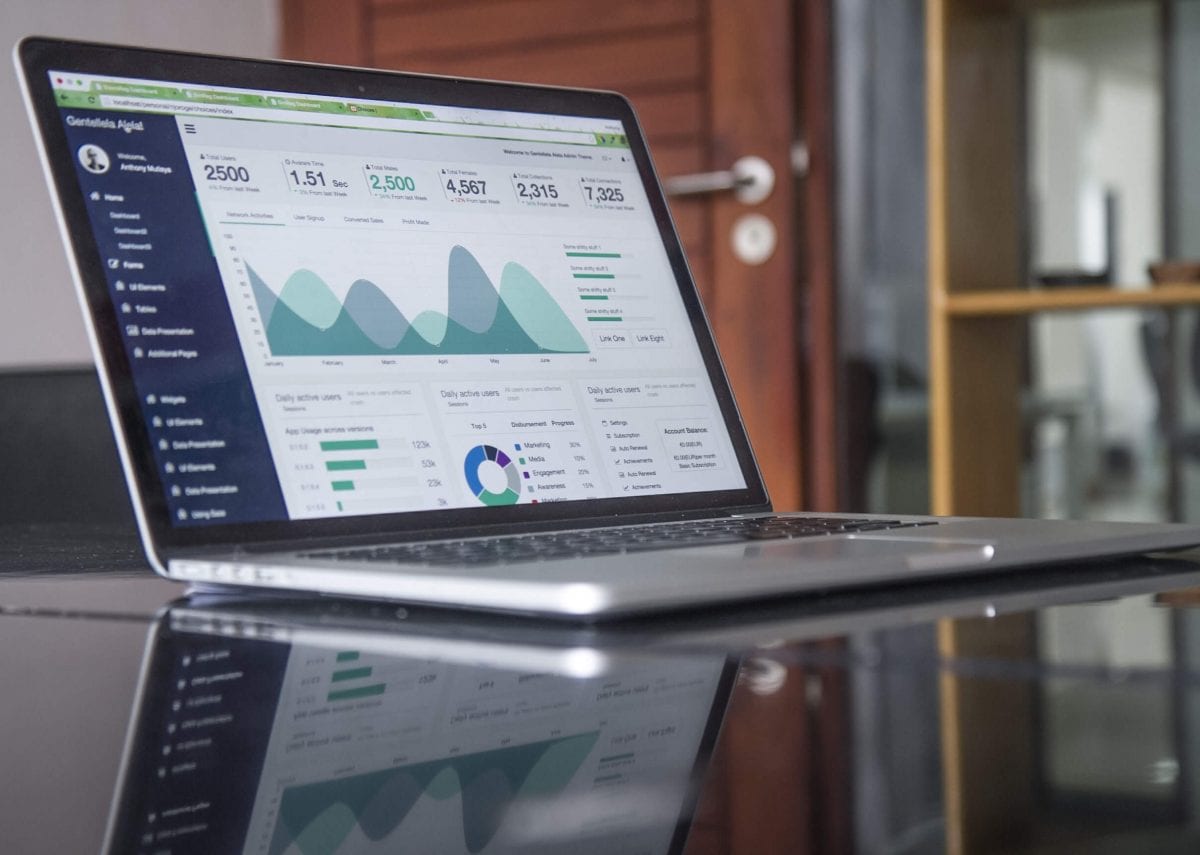
Facility management challenges will always exist. But workplace professionals face new, more complex issues. How do you accommodate a growing number of in-office employees when space is limited. Or how can you manage remote workers who may need hotel desks for sporadic office visits? The answer: think digital.
Digital tech is the leading tool for solving FM challenges in the modern age. Here’s a look at ways technology, information management systems, the Internet of Things (IoT) and the cloud can help workplace professionals address their most important challenges.
Digital vendor management
It takes a host of vendor partners to maintain a building. Coordinating between landscapers, electricians, and HVAC specialists remains one of the biggest challenges facing today’s workplace professional. Thankfully, there’s an array of software to meet these needs.
Software has replaced file folders for storing maintenance contracts and work orders. Algorithms sort data by vendor, cost center, date, amount, and any other facility maintenance variable. Hierarchical data shows where the maintenance budget is spent and helps workplace professionals plan for future expenses.
Digitizing vendor management is also a first step toward streamlined operations—including an integrated facilities management approach. Seeing vendor rates and terms alongside frequency of service and scope of work provides better facility oversight. You can replace inefficient vendors, consolidate services to more capable partners, or renegotiate contracts—whatever it takes to improve efficiency.
Digital support ticketing
Typically, facility maintenance involves everyday repairs and maintenance not outsourced to vendors. Changing light bulbs, restocking paper towels, fixing computer connectivity issues—they’re small chores, but essential ones. Digital support ticketing is the automated system for staying on top of them.
But automation isn’t the most important aspect of digital ticketing; data aggregation is. On its way to IT, the support ticket goes through facility management software, where details are nabbed and aggregated into larger maintenance datasets. At a glance, workplace professionals see insights like average ticket response time, most common types of tickets submitted, and total tickets per day/week/month.
Digital floor plan management
Few modern workplaces are static. Incorporation of agile spaces, flexible environments, hot desks, and collaborative workspaces means the comprehensive workplace floor plan is always changing. Digital floor plan management enables this dynamic level of change. Every essential floor plan iteration is just a few keystrokes away.
Digital floor planning tools are also critical in growth management. As a company grows or strategically consolidates, its floor plan changes. Planning for the next expansion, a change in utilization, or a shift to new facilities demands floor plan modeling. Creating, sharing, collaborating, and revising floor plan concepts across stakeholders and the C-suite is immeasurably easier when it’s digital.
There’s also the convenience of utilization benchmarking to consider. Utilization rates are critically important in modern workplace management to compare before-and-after data points. It’s easy to see what works, what doesn’t, and what improvements may still be needed.
Digital asset management
Enterprise Asset Management (EAM) software isn’t new, but it’s innovation is relatively recent. In workplaces with numerous physical assets, it’s a welcome system for workplace professionals.
EAM systems are the key to managing assets as revenue-generating items instead of cost centers. They account for assets like company trucks, computer workstations, the copy machine, and other high-value items. Thanks to individual digital profiles, you can track replacement cost, upkeep, return-on-investment, and how to budget for them.
Digital integration
Perhaps the biggest modern facility management challenge is bridging the physical and digital. This is where the IoT, cloud computing, and go-between protocols can close the gap.
Workplace professionals adept at connecting physical operations to the digital workplace will unlock new and creative ways to do their job better. Whether it’s learning to use sensors for collecting data or automating tactical processes, the potential promises great returns.
Intrepid facility managers have seen the digital transformation coming for years. Now, we’re in the thick of it. With every new innovation comes fresh opportunities to leverage digital technologies to solve modern facilities management challenges.
Keep reading: how to select the best facility management software for your organization.
Photo by Carlos Muza on Unsplash




